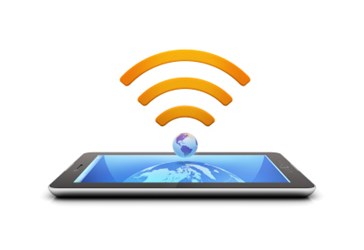The Demand For IT In Education Moves Beyond Hardware
By Cheryl Knight, contributing writer

Demand — and spending — for education technology is on the rise. Colin Messenger, senior market analyst at Futuresource Consulting, says, “Despite a lull in a number of other technology markets, education technology continues to perform, even with pressure being applied to education budgets across the world.”
“As the education sector continues to transition toward digital, further avenues need to be explored beyond the hardware itself,” says Messenger, “with the flow channeling from hardware activity into software, content, infrastructure, and services.”
One factor driving Ed Tech in the classroom is the demand by teachers for effective digital products. According to a study by the Melinda and Bill Gates Foundation, teachers say they are looking for resources that can help their students meet Common Core State Standards (CCSS) and Next Generation Science Standards. They also believe digital tools for instruction can be of benefit. Teachers, however, identify a market gap — they can’t find products to meet specific instructional purposes or products that are available aren’t perceived as effective.
Futuresource Consulting reports education technology hardware spending around the world increased 11 percent from 2012 to 2013, with growth in this sector expected to reach $19 billion by 2018. The main areas of increased technology within the classroom include mobile PC devices, classroom displays, and complementary devices. News is even better for the “smart education and learning” market, with MarketsandMarkets forecasting this area to grow from $121.53 billion in 2014 to $344.94 billion in 2019.
The White House is helping connect schools with technology companies through a new online hub called ConnectED. The initiative is expected to bring $2 billion in education technology-related items and services to schools nationwide.
